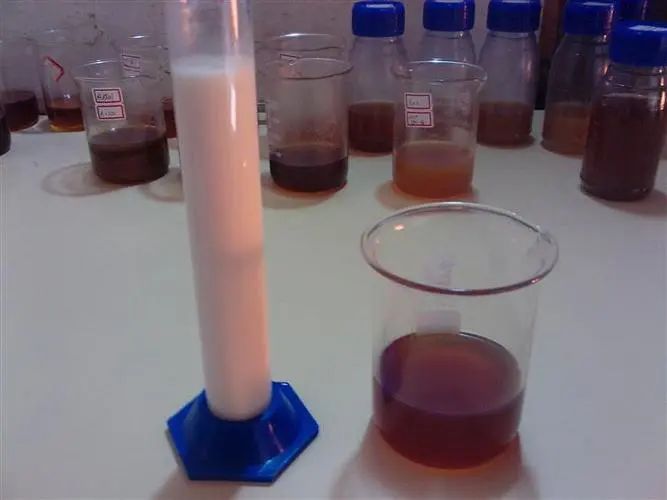
Privacy statement: Your privacy is very important to Us. Our company promises not to disclose your personal information to any external company with out your explicit permission.
Finally, the compound of sulfur-containing extreme pressure agent B, sulfur-containing extreme pressure agent C and phosphorus-containing extreme pressure agent E was selected as the extreme pressure and anti-wear additive of the developed formula.

November 08, 2024
April 26, 2024
April 26, 2024
January 17, 2024
What factors should be considered in the selection of high-speed rolling bearing grease? The speed of most industrial equipment is relatively high, and for grease-lubricated parts, grease can lead to...
Low oil pressure? It's all lube in the pan! I believe that all diesel engine users know that low oil pressure is a very serious abnormal fault. Not only can not work normally, but also may cause...
What is the difference between hot and cold rolling lubricants? Rolling is a form of pressure processing that uses a roll to roll metal billets into various specifications of plates. The important...
Regeneration technology of waste rolling oil For metallurgical industries such as aluminum processing, rolling oil has the function of cooling, annealing decontamination and lubrication. Under the...
Email to this supplier
November 08, 2024
April 26, 2024
April 26, 2024
January 17, 2024
Send Inquiry

Mr. James
Tel:0086-371-58651986
Fax:
Mobile Phone:+86 13783582233
Email:sales@cn-lubricantadditive.com
Address:No.11 Changchun Road, High-Tech Zone, Zhengzhou, Henan
Related Products List
Mobile Site


Privacy statement: Your privacy is very important to Us. Our company promises not to disclose your personal information to any external company with out your explicit permission.

Fill in more information so that we can get in touch with you faster
Privacy statement: Your privacy is very important to Us. Our company promises not to disclose your personal information to any external company with out your explicit permission.